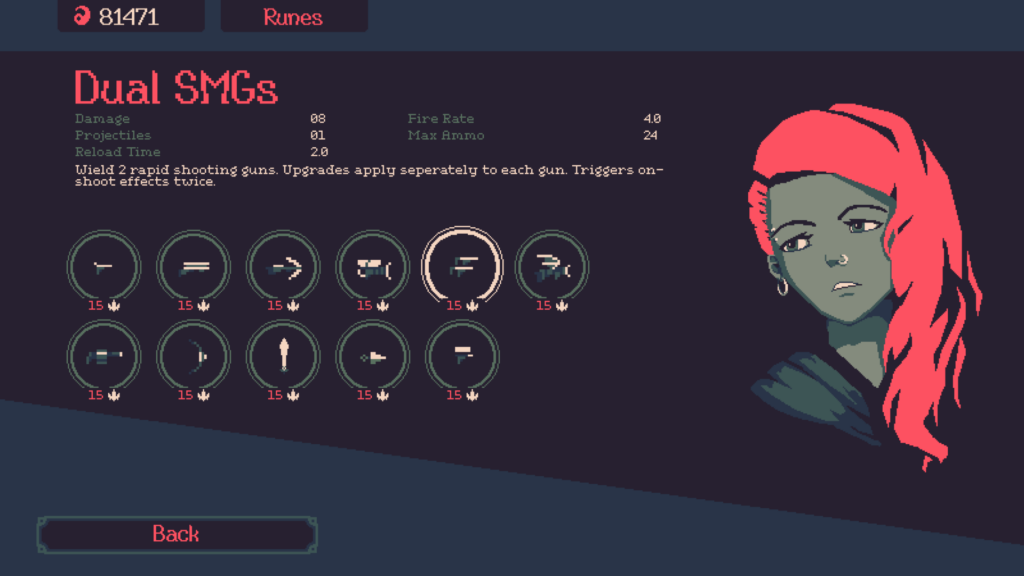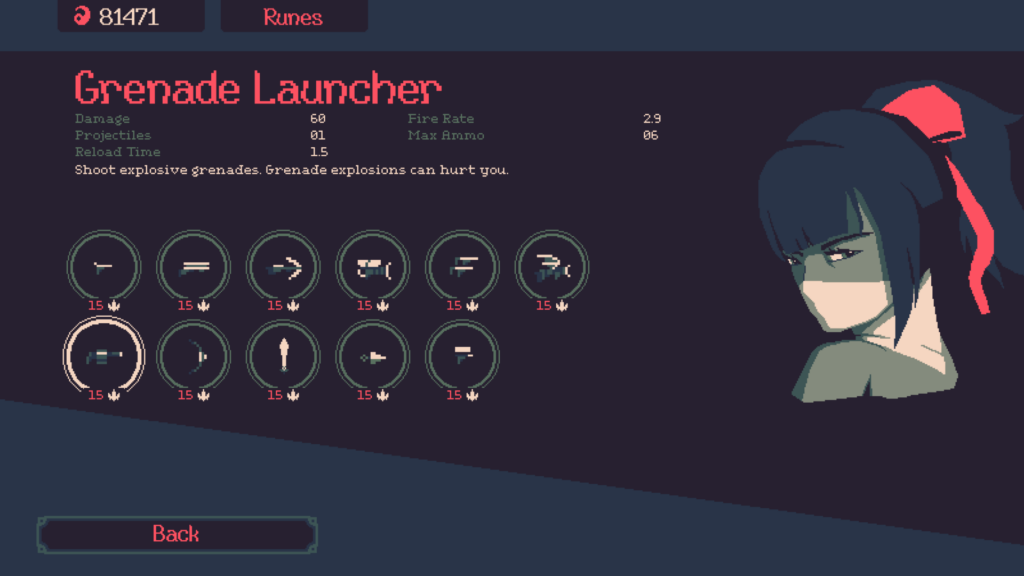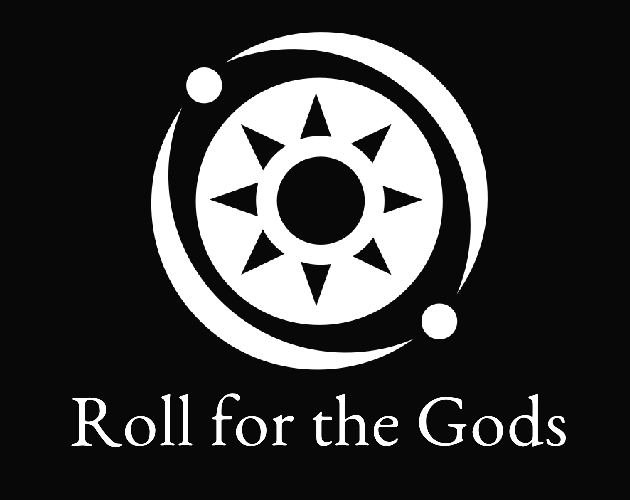During the November Steam sale, I picked up the bullet heaven game 20 Minutes Till Dawn (20MTD). I was drawn in by the limited color scheme and its striking use of red accents. But after playing it, what I ended up liking the most was how it builds up a set of interesting ability synergies by tying ability scaling to different core stats.
If you aren’t familiar with the bullet heaven genre, these games have enjoyed a surge after Vampire Survivors took the streaming world by storm. The player controls a 2D character moving around a space defeating waves and waves of enemies. These enemies drop gems, which the player collects to gain levels. With each level, the player gets a choice from a random subset of the abilities, which in turn helps them defeat stronger and greater numbers of enemies.
In 20MTD, these abilities tie into and rely upon a set of intuitive stats that the player has a great deal of control over. Right from the start, you select a character (i.e. an ability) and a weapon, with some pairing off better than others. Spark, for example, has a lightning effect that triggers every second shot, doing some flat damage. The rapid, but light-hitting Dual SMGs are thus a natural fit in her hands.

Hina on the other hand is a character who spawns shadow clones that attack independently and deal your weapon’s damage. So it makes a lot of sense to pair her with the heavy hitting but risky Grenade Launcher.

The abilities selected during level ups take this further, relying on fundamental game stats to create synergies rather than designer fiat. For instance, the Wind Magic and Dodge skills both scale with movement speed. If you select Wind Magic early on, it makes sense to continue selecting abilities that boost your movement speed, which in turn makes the Dodge skills more attractive. But at no point are Wind Magic and Dodge explicitly linked; there isn’t a Dodge ability that explicitly grants “Your Wind Magic deals double damage.”
An interesting outcome of this design is that it can also lead to abilities that have contradictory goals or “anti-synergies.” Elemental effects, like Spark’s Lightning ability, apply more often based on how many hits you deal, scaling up with Fire Rate and large (or even infinite) ammo clips. But other effects, such as Fan Fire (which shoots a spray of bullets) or Smite (which strikes nearby enemies), trigger on firing the last bullet in a clip, so they become effectively inactive when your ammo stops running out. These create some room for players to make better or worse choices, rewarding them for putting some thought into their builds.
In many other bullet heavens, the synergies feel a lot more contrived. It can certainly still be fun, but making a build quickly feels more like picking out some presets rather than organically discovering what works well together. Obviously, the 20MTD synergies are just as deliberately designed, but the extra layer of separation between the abilities really made creating a build feel constructive rather than forced.
Given my feelings, it’s probably not surprising that I would like to incorporate these kinds of synergies into my own projects. Speaking of which, I should probably mention who I am and what’s going on with this site…
About Low Hydragyrum
Hi, I’m a game developer. Oof. Already sharing too much. But my company is mmHg Games, and recently I’ve been looking for a place to put out information. Things like updates on my projects, general gaming and game design thoughts, and just whatever else I might find interesting. So, I finally got around to setting up this blog. I’ll be keeping things pretty informal; the main priority is just to have a place to put stuff that isn’t locked on someone else’s platform.
In terms of ongoing projects, my priority right now is my story-based game Roll for the Gods.

It’s a minimalist RPG that pulls in elements of interactive fiction and unfolding incremental games. Party composition plays a large role in the game, which is why, despite their many differences, I see some parallels between it and 20MTD. Both ask (or will ask) the player to combine abilities in ways that make them more effective than the sum of their parts.
The parallels between Roll for the Gods and 20MTD, along with just some general enthusiasm for 20MTD and a desire to write out why, provided the motivation to write up this blurb. Think of it as a sample for the kinds of things I’d like to post here.
Otherwise, that’s it for now. I’d love if you check out Roll for the Gods. There’s a web build on itch, so starting out is quick. Let me know what you think.